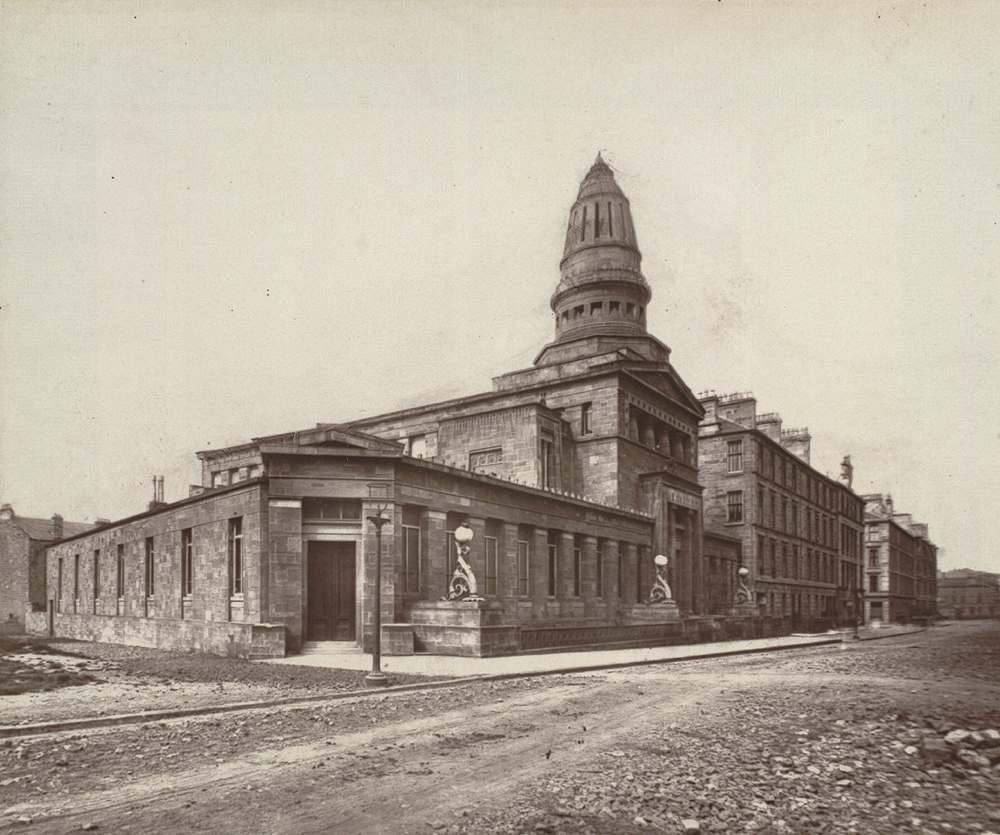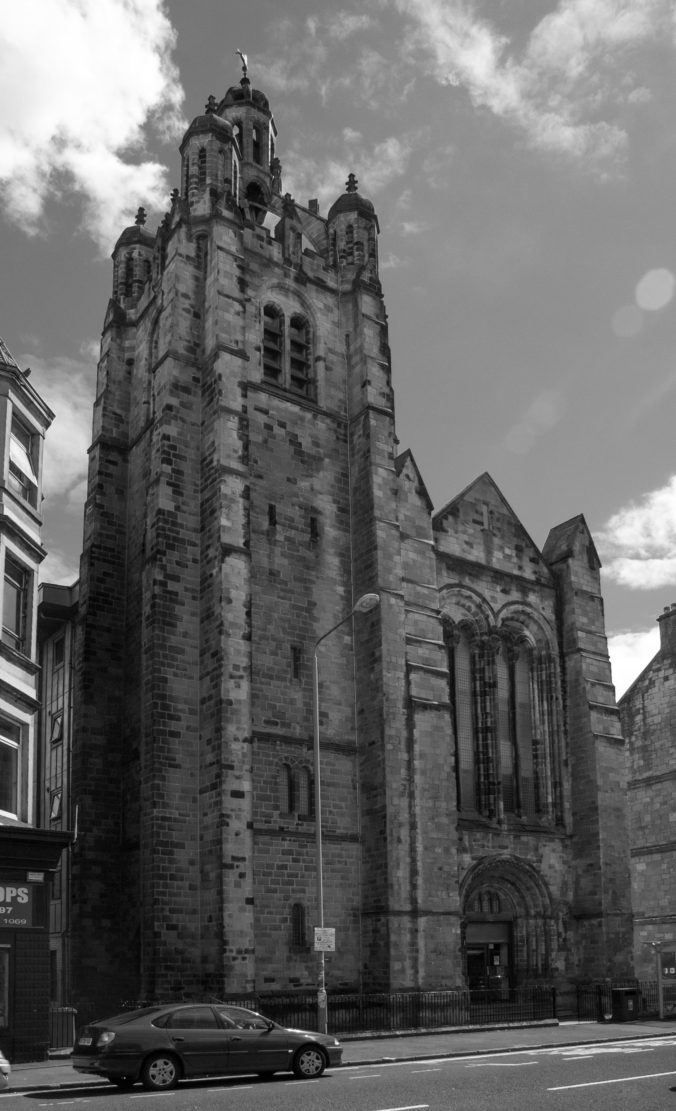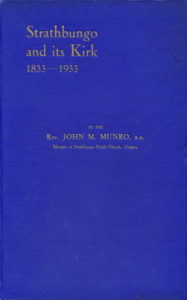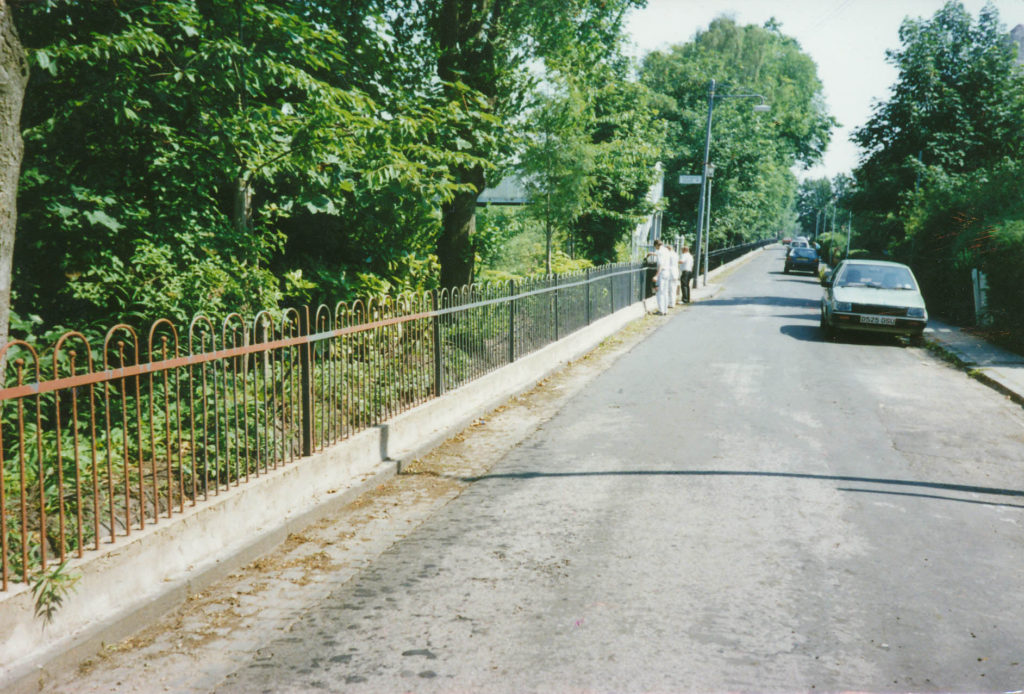The Queen’s Park United Presbyterians
One of Alexander “Greek” Thomson’s great masterpieces was the Queen’s Park United Presbyterian Church on Langside Road, built in 1868 (though sadly destroyed by incendiary bombing in 1943).
The Queen’s Park U.P. congregation subsequently arranged the construction of another beautiful church, Camphill Church on Balvicar Drive, completed in 1876; although this church subsequently passed to the Church of Scotland, and then to its current occupants, the Baptists.
The U.P. Mission Hall
Not satisfied with two churches, they then constructed the much smaller Nithdale Mission Hall in 1887-8. It was designed by architect Alexander Skirving (c.1849-1919) who worked under Alexander Thomson in the 1860s. Skirving was also known for Langside Hill Free Church (the “Church on the Hill”) and the adjacent Battlefield monument, and Skirving Street in Shawlands is named in his honour .









Recent Comments